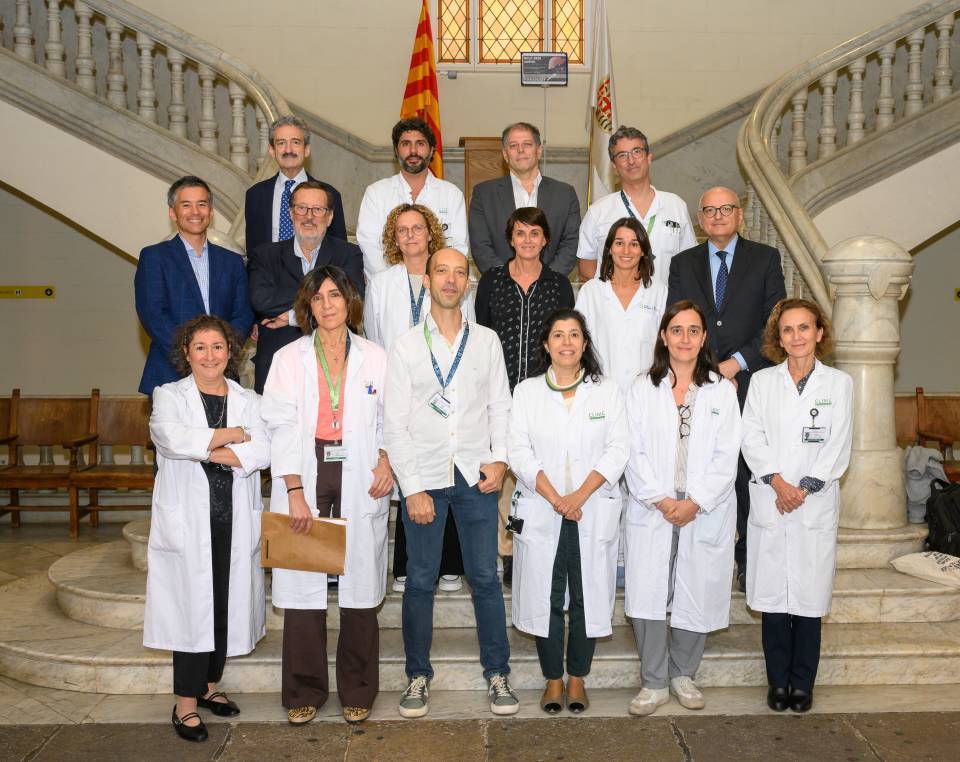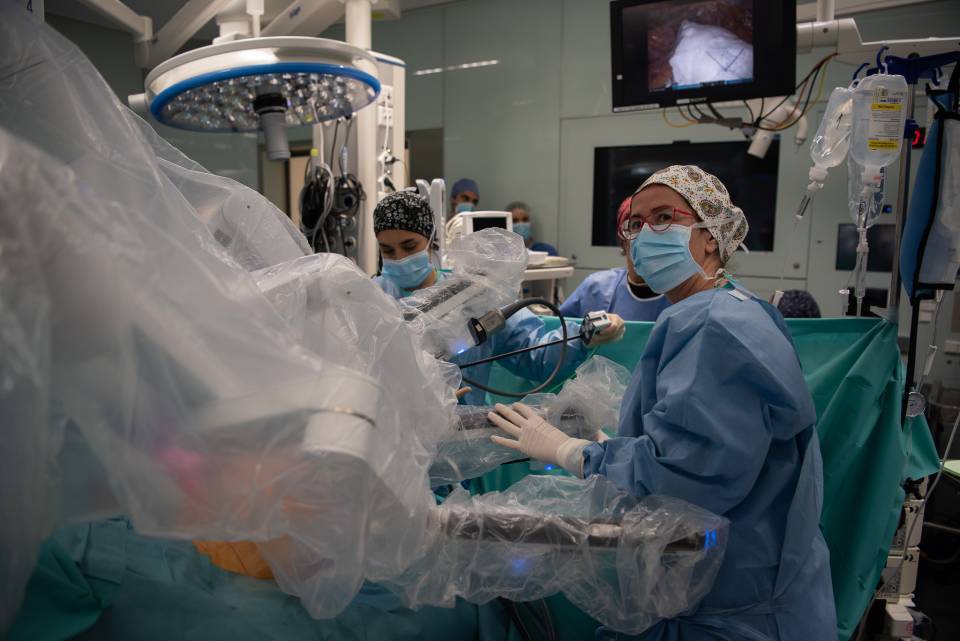The update incorporates the latest scientific advances and maintains its role as a global reference for clinical decision-making. It also introduces the CUSE concept (Complexity – Uncertainty – Subjectivity – Emotion), an innovative tool that supports clinical teams in making decisions tailored to each patient’s context.
The BCLC 2025 guidelines, published in the Journal of Hepatology, have been coordinated by the Liver Oncology Unit (BCLC) at Clínic-IDIBAPS, led by Dr. Maria Reig, who is also a researcher at the CIBER for Liver and Digestive Diseases (CIBEREHD). They have involved the participation of international specialists in hepatology, general and digestive surgery, pathology, nursing, radiology, medical and radiation oncology, and statistics. Additionally, Mr. Xavier Marcet and Dr. Katharine Damico contributed to the development of the CUSE concept, providing expertise in their respective fields.
A Disease That Requires Complex Decisions
Hepatocellular carcinoma (HCC) is the most common type of liver cancer and usually occurs in people with chronic liver diseases, such as cirrhosis. Its treatment depends on multiple factors: tumour size and number, liver function, and the presence of other conditions, but also on factors beyond the tumour or liver.
In many cases, there is no single clearly superior option, which requires considering not only the available evidence but also the individual characteristics of each patient and the context in which treatment will take place.
Innovations in the BCLC 2025 Guidelines
The new version of the BCLC guidelines introduces significant improvements reflecting scientific and clinical advances in liver cancer treatment.
One major innovation is the inclusion of new immunotherapy treatments that improve survival in advanced HCC. It also offers the option to select various ablative techniques for very early-stage HCC, such as radiofrequency, microwaves, EBRT, TARE, or TACE.
Additionally, the updated guidelines present therapeutic options ranked according to the best available evidence when no single treatment clearly improves survival. This facilitates evidence-based choices while managing uncertainty in a structured way.
Another key change is the multidimensional approach. Although clinical decisions have always considered factors beyond the tumour and liver, these personal, social, and emotional aspects were not previously addressed systematically. The novelty is that these concepts are now explained and organized in a structured way, allowing treatment priorities to be identified and decisions contextualized according to each patient’s characteristics.
What Is the CUSE Model?
CUSE is a conceptual framework that guides clinical decision-making in situations of complexity and uncertainty. Its name refers to four key dimensions:
- Complexity: the diversity of clinical and personal factors influencing treatment decisions.
- Uncertainty: the lack of conclusive data in some scenarios and patient prognosis.
- Subjectivity: patient preferences and values, as well as the interpretation of scientific data by the multidisciplinary team.
- Emotion: the emotional impact of the disease and decision-making process, along with previous experiences.
This approach enables patients and healthcare teams to participate jointly in treatment selection, achieving more optimal decisions for each case.
“The incorporation of the CUSE model strengthens the evidence-based approach and the value of the BCLC guidelines, with a direct impact on both professionals and patients,” says Dr. Maria Reig.
Clinical Application and Benefits of the New Approach
The update of the BCLC guidelines and the inclusion of the CUSE framework represent a step forward toward more personalized medicine adapted to current needs. It integrates the strongest scientific evidence with the clinical particularities of each patient and promotes a structured decision-making process within multidisciplinary committees, where patients take a more active role in defining their treatment.
“Our goal with this update was to provide a guideline that not only relies on the best available evidence but is also applicable in real-world clinical practice, considering the diversity of contexts and the voice of each patient,” concludes Dr. Maria Reig.
Study reference:
Reig M, Sanduzzi-Zamparelli M, Forner A, Rimola J, Ferrer-Fàbrega J, Burrel M, et al. BCLC strategy for prognosis prediction and treatment recommendation: The 2025 update. J Hepatol. 2025;83(5):1234-1248. DOI: 10.1016/j.jhep.2025.10.020




